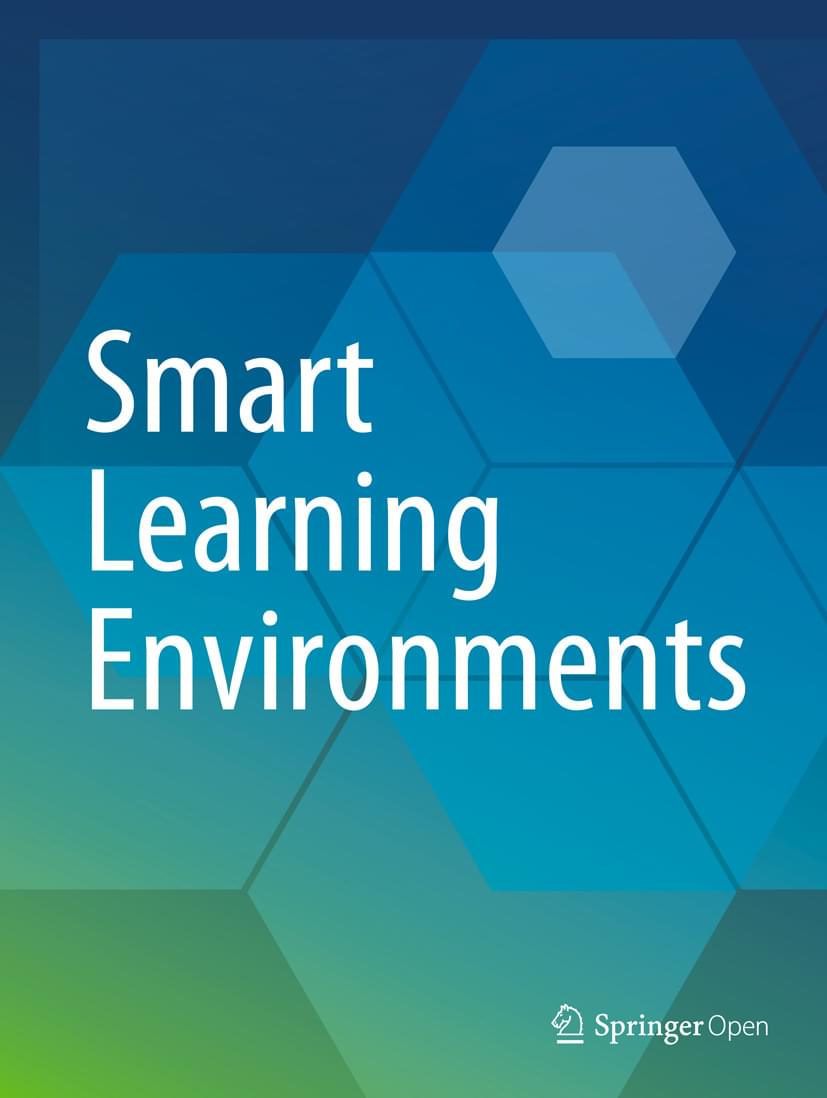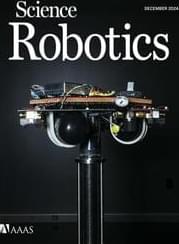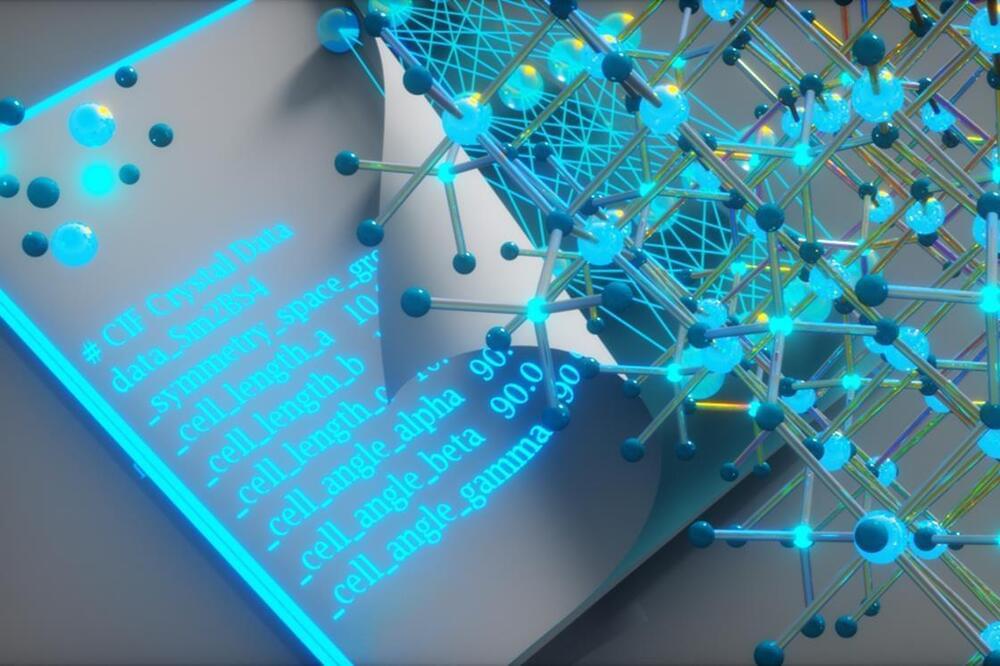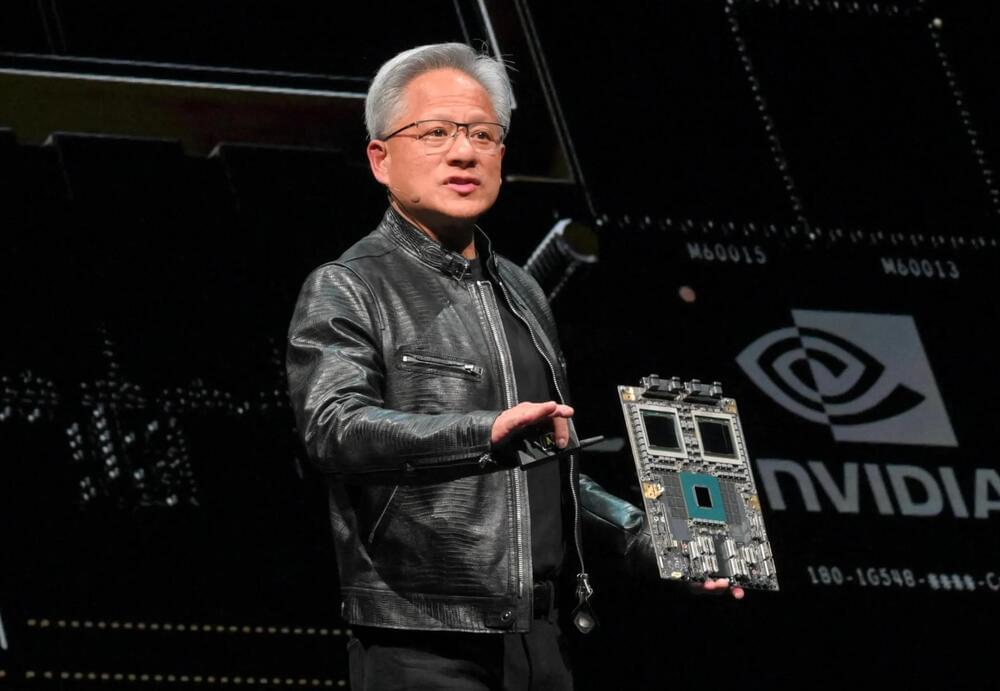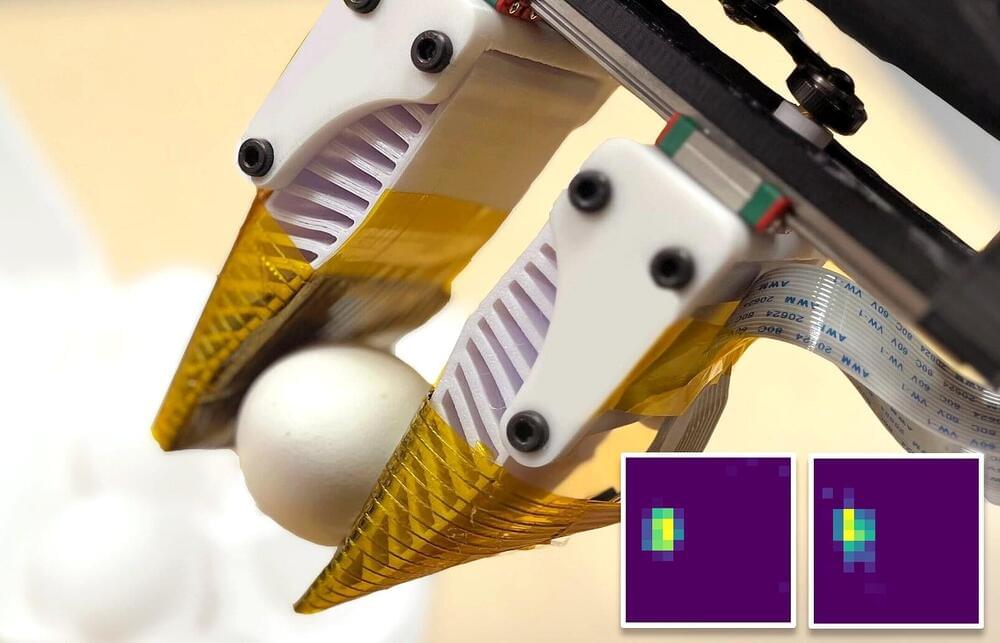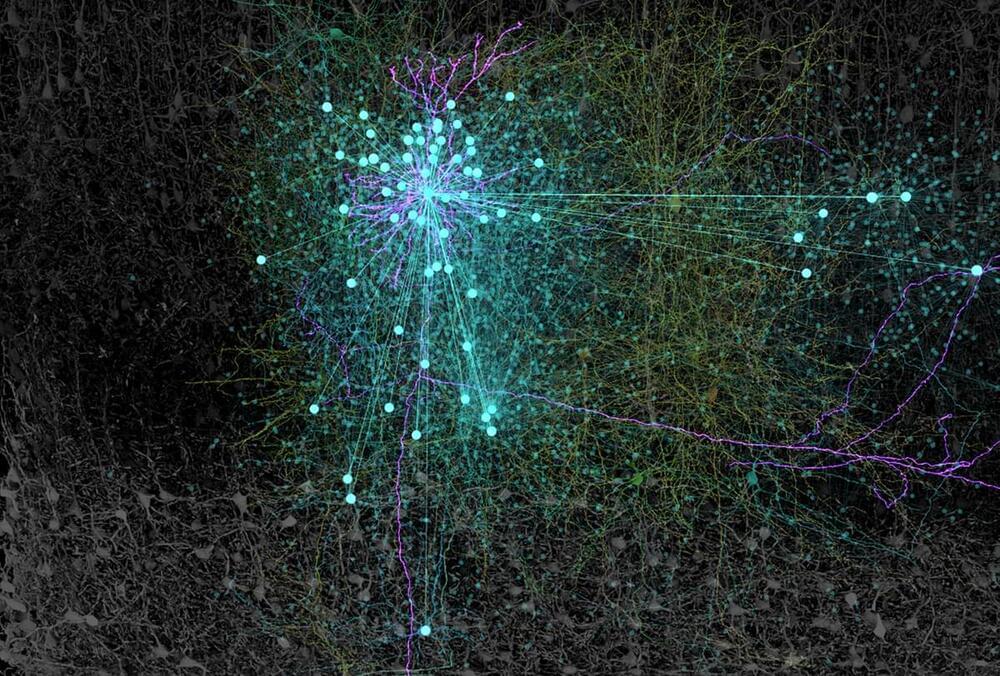OpenAI on Thursday announced its first partnership with a higher education institution. Starting in February, Arizona State University will have full access to ChatGPT Enterprise and plans to use it for coursework, tutoring, research and more.
The partnership has been in the works for at least six months, when ASU Chief Information Officer Lev Gonick first visited OpenAI’s HQ, which was preceded by the university faculty and staff’s earlier use of ChatGPT and other artificial intelligence tools, Gonick told CNBC in an interview.
ChatGPT Enterprise, which debuted in August, is ChatGPT’s business tier and includes access to GPT-4 with no usage caps, performance that’s up to two times faster than previous versions and API credits.

